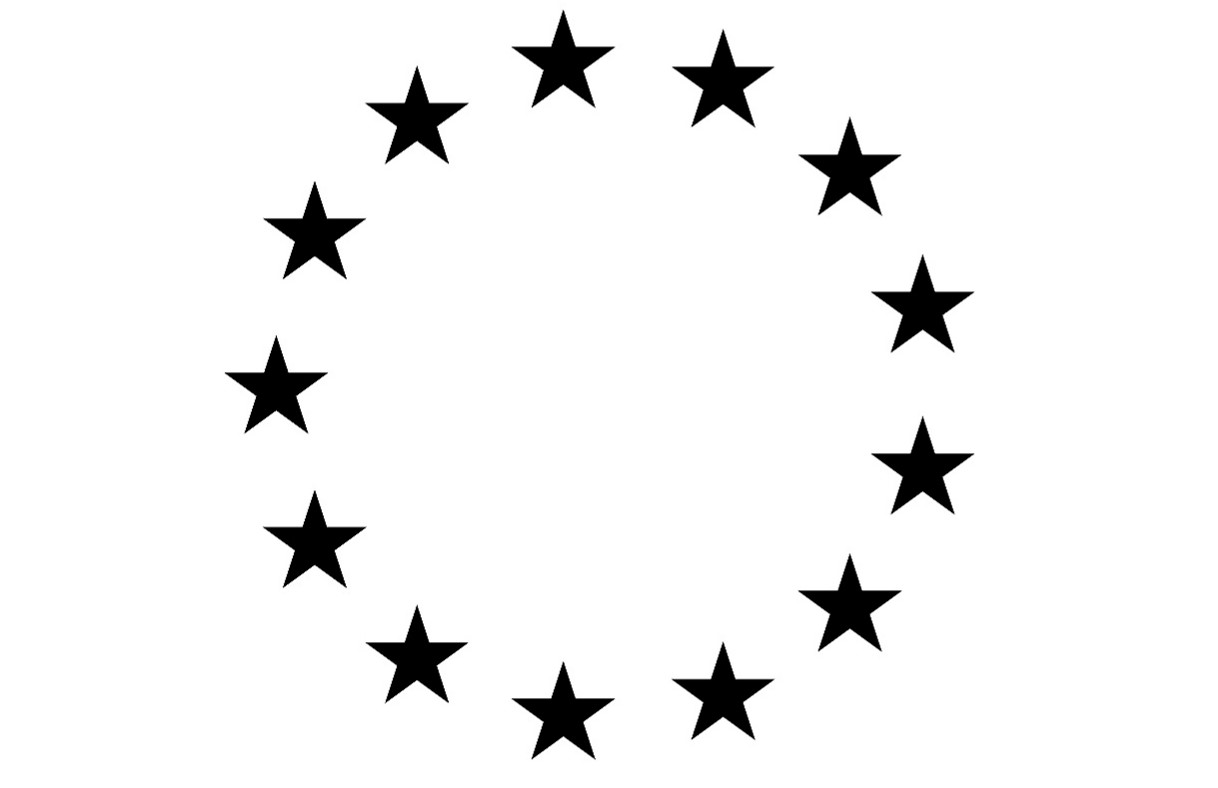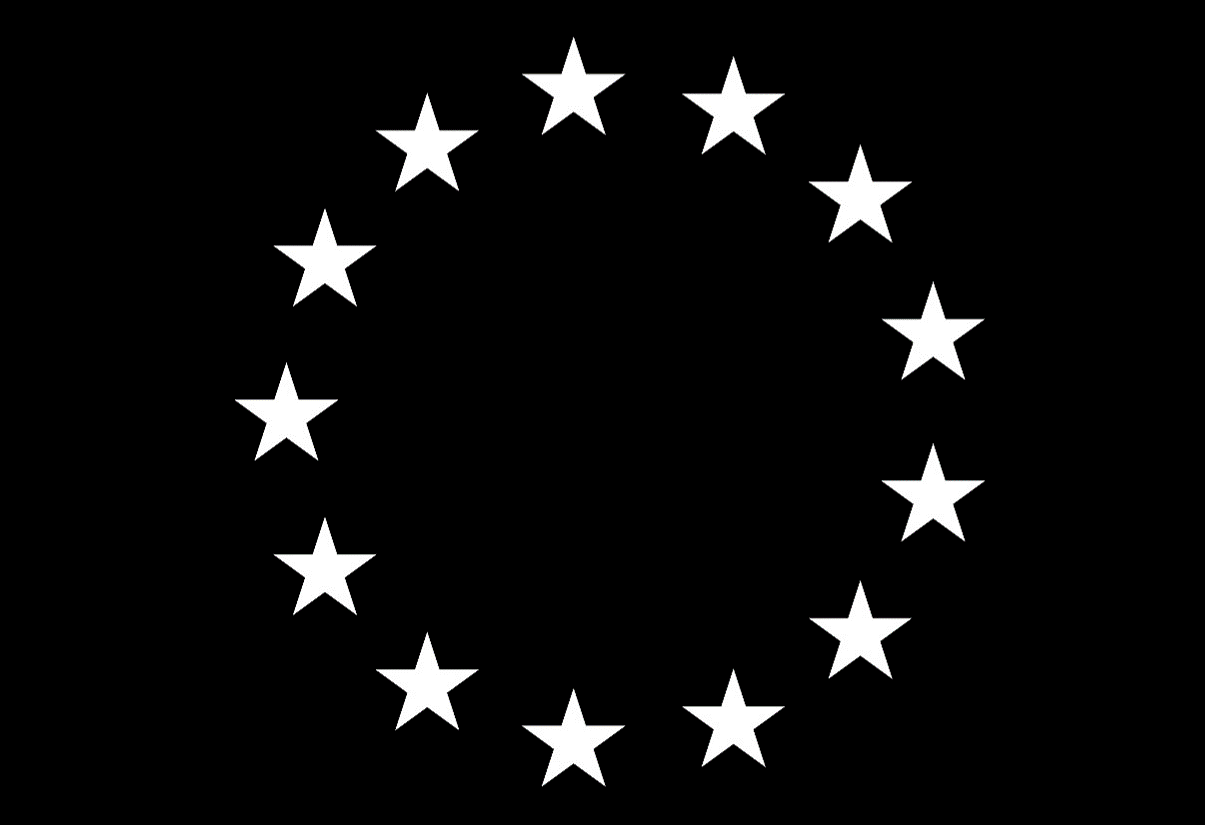Germany-based, Xolo develops 3D printers & materials. Specifically, Xolo focuses on a technique called “volumetric 3D printing” aka “computed axial lithography” (CAL), which it dubs “xolography”. <Quick primer: the most popular 3D printing technology is fused deposition modeling (FDM) or fused filament fabrication (FFF), followed by selective laser sintering (SLS) & stereolithography (SLA); the major drawbacks of these “layer-by-layer” approaches is that they result in parts having relatively rough surface finishes & lacking strength. Xolography (as opposed to a layer-by-layer approach) works by repeatedly projecting a light pattern into a vat of transparent photopolymer liquid (photoiniators) from various angles (to harden the resin); the advantage here is significantly faster build speed (due to “the increased efficiency of combining two linear one-photon processes, as opposed to non-linear two-photon SLA”), which does not compromise resolution & thus smooth(er) surfaces can be created. Moreover, fully assembled multicomponent systems can be fabricated in just one step>. Now then, Xolo’s “Xube” – probably the world’s first purchasable volumetric 3D printer – allows for build volumes 3x5x5cm & 1×1.7x3cm, has a resolution 10x higher than computed CAL (without feedback optimization) & a volume generation rate 4-5x higher than SLA (print time 20 sec to 5 min vs. minimum 30 min). Looking forward, the team believes printing time can still be substantially improved if lasers of higher wattage & photoiniators with faster thermal relaxation time are utilized. Furthermore, the size of the print volume is only limited in the x-axis, so theoretically, large objects can be produced either in a stationary volume or in combination with continuous resin flow systems of unlimited size (“printing multiple kinds of materials at the same time allows one to produce devices such as sensors & electronics”). Or, in simple terms, “xolography allows for smooth surfaces, with materials that could not previously be used for 3D printing” with use cases in the optical industry for e.g. the production of high-precision lenses or in medical technology for e.g. high-resolution hydrogels/ “bio structures using fluids laden with living cells” (note, existing bioprinting techniques cause cells to experience stress when they are sprayed out of nozzles, which could damage them; this is something that xolography avoids). Xolo was founded in 2019 by Dirk Radzinksi (CEO), Martin Regehly & Stefan Hecht – at Adlershof (Technology Park Berlin) – with support from Yves Garmshausen (Head of Photochemistry). Xolo has now garnered the interest of high-profile investors, including additive manufacturing (AM) pioneer HZG Group – Xolo marks their 3rd AM investment, after trinckle (DE) (€3.4m) & Axtra3D (USA) (€5.8m). <Source: nature.com, 3dadept.com, tech.eu, biotrib.eu, engineering.com, 3Dprint.com, tctmagazine.com>


